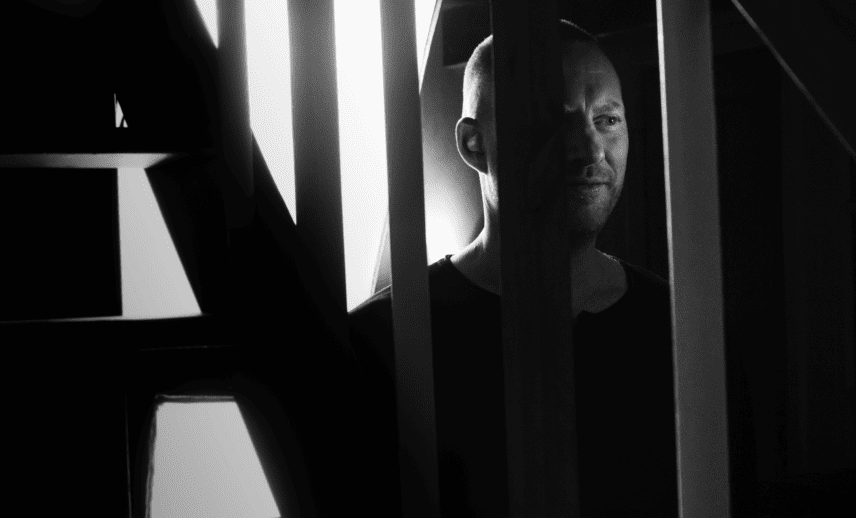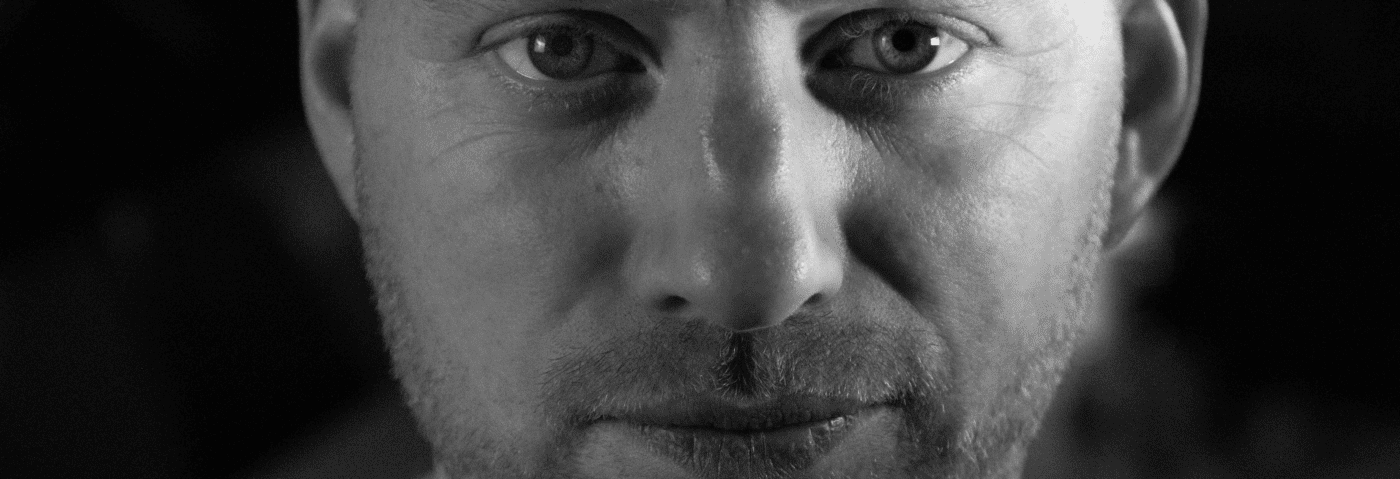Inspired by the city where he now lives, Berlin, Hybrasil’s latest album is a rolling thunderous techno odyssey. We asked him five questions which could help producers on their very own musical odyssey.
How do you make your own sound?
My first piece of advice would be to pick one synth and learn the fundamentals of synthesis. The synth could be anything – Massive, Ableton’s Operator etc..whatever you have. Use whatever you settle with and learn to make as many sounds as possible with it. Become an expert with the instrument. If you narrow your choice, you can get far more cohesion and your sounds should gel better.
This is why a lot of early Detroit minimalist music sounded so coherent as they had limited resources. They might have had two or three machines in total. They created really unique music by understanding their machines inside out and pushing them to the limits.
Sadly, there are no shortcuts. Learn a synth and learn a drum machine backwards and you can then get it to do the things you want such as your ‘own sound”.
The second thing is to learn how to to make the same kick drum sound in ten different ways. After a while, a trend will emerge sonically due to the limitations but also you will develop your own style of production. That will happen if you give it enough time.
The biggest trap is there is just so much out there, even if you just use what’s in Ableton. Remember less is always more. So learn your instruments and get good at making your own sounds as you can subsequently use that knowledge (and sounds) to improve your personal sonic direction.
How would you advise someone looking to improve their arrangments?
Before you actually start arranging a track make sure your initial loop is really solid. Check everything is balanced and that the parts are well thought out. Do your housekeeping and ensure the actual production is good to begin with.
One thing I’d suggest for arrangement tips is to try and use the clip view to audition different combinations. Ableton is really powerful in this regard and it’s like producing from a DJs perspective. Imagine yourself playing the track in your favourite club, work through all the parts and jam it out. You’ll get different things each time which can inspire the final arrangement.
I can’t stress how important it is to try and use the clip view to write music. It’s very intuitive, especially for someone coming from a live performance background. It can help you to arrange a track by ear rather than eyesight. Record the performance in clip view, go to the arrange view and see what you’ve done. You’ll be surprised by the final results.
If however, you’re working in the arrange window, you can work a similar way but the application is different. Once your loop is built, select the empty space before or after your loop. Place elements in one at a time and work through them. I start after the loop and copy over different parts and build it up in blocks of eight or 16. Add and subtract left to right one part at a time and keep that flow. But always remember what it’s like to play it live.
To summarise, the real key is preparation. If you are clear in your mind about the parts then you can make sure you’re applying your own stamp. Try to work instinctively and don’t think too much.
How important is sound design for a producer?
I don’t use presets at all. I find them more time consuming than knowing the basics of synthesis. So it goes back to the first question where it really pays to learn the basics of synthesis. Try teaching yourself how to make your favourite sounds – stabs, chords, etc and you’ll find that it will open a pandora’s box.

Sound design can also be finding a sound and morphing it into something else. It can confuse some people! But knowing synthesis will help with turning a third party sound, such as some foley, into something else. There is an art to the science and science to the art. Turn this around and learn the building blocks.
How would you suggest getting set up for live performance?
Currently, I perform with just an Elektron Octatrack Sampler and a drum machine. I used to use a Maschine Jam and a Roland TR-909 with Ableton Live. The Jam controller triggered the 909 and loops/stems in Ableton.
My live performance started with Traktor and 4 decks with a Korg SX 1. The pitch kept drifting on it! It was a case of simply trying stuff out and Traktor is a good way of starting. The X1 controllers are really good.
Performing live with Ableton is the same as it’s just a case of plugging in Machine and seeing how it goes. Concentrate on getting some tracks and loops together like eight different things. Render them out and separate then into the clip view. Then get something that triggers the clip view like Ableton Push or Novation Circuit. Hit play and use the tempo on the machine to beat match it. Just try it out while recording what you do and see how it goes. That’s definitely one way to get going…trial and error.
There is an art to the science and science to the art. Turn this around and learn the building blocks.
If you are new to performing live, remember you have to deliver as a DJ does. So it really pays to know to learn a solid one hours performance and make sure the timing, structure and arrangement are on point – as on point as a DJ. Don’t just jam around for an hour!
Get prepared but don’t blow all your budget doing so. Start simply and cost-efficiently with a laptop, Novation Circuit (or anything to launch clips) and get used to jamming loops together. Once you have the understanding then spice it up with a drum machine or a synth on top.
Is there a particular technique you do to finish a track?
Finishing a track is an internal dialogue. I’ll go through the full creative process: mix, master it (myself), send to Radio Slave, throw it into my own live set to see how it sounds, check it in a mates studio and just constantly see how it sounds in different environments. When you are at peace with it you’ll know it!
Sometimes you just know there are more changes to make. I might say things like I’m going to change that VST bass to an analogue bass or even vice versa and make tweaks like that. I write in Ableton and then I mix in Logic and sometimes that makes it easier to change my position on certain things like compression or EQ. It’s a back and forth approach.
There isn’t one answer to the question. I spend the time making the track sound really good first. I have a process where I work through the track one thing at a time and once that’s done I think I’m close to the finish. I’ll tend to use similar plugins on the master..that can help.
So, first double-check the idea. Then secondly, mix the track (I typically mix on the go). Once mixed I might then take it to the mastering stage and figure out if there are any sounds popping out. I may then go back to the mix or if I’m happy, I render it out and move it into Logic.
Just like synthesis, what I suggest is to take your time, move away from a track and come back to it later. You’ll hear it differently. For upcoming emerging artists, it’s worth taking the time as no one wants to listen to unfinished music. So spend time to finish each bit.
Finishing tracks can take experience working through the process. The more you do it the more you know what to look out for. Go over the process over and over again. For me, if people are playing it then I think it’s finished. Remember the 10,000-hour rule and that experience helps self-confidence and confidence can influence better decision making.
The bottom line is to find a process that you can swear by. Trial and error will help you find your process.
